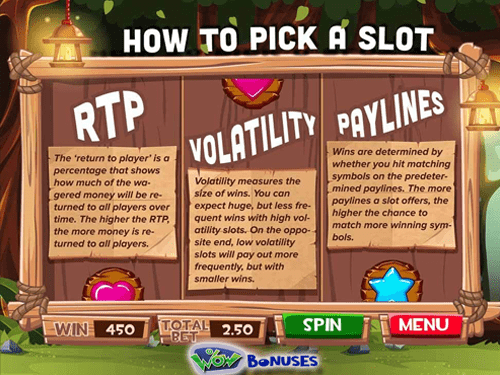Low Return to Player (RTP) slots refer to casino games where players have a lower chance of winning back their initial wagers compared to other slots with higher RTP percentages.
Payback to players
Low RTP (Return to Player) slots are casino games that have a low percentage of payback to the player compared to other slots with higher RTP percentages, which means that they have a higher house edge compared to other types of games.
For players who are attempting to gradually increase their bankroll, this might be very challenging. RTP is a statistic used to determine the theoretical payback of a casino game over an extended period of time and is expressed as a percentage. It is not possible to determine the exact RTP of a slot by playing it for a short period of time, as it takes a significant amount of spins to see the full effect of the RTP. Nevertheless, low RTP slots will generally pay out less frequently and in smaller amounts compared to games with a higher RTP.
For example, a slot with an RTP of 95% means that for every $100 wagered, the player can expect to receive $95 back in winnings over a large number of spins. In comparison, a low RTP slot may have an RTP of 92% or lower, indicating that the player has a lower chance of winning back their money. Low RTP slots are often criticized by players and industry experts because they give players a disadvantage compared to games with higher RTP.
Reasons behind Low RTP
Some slots have a low RTP for a number of reasons. One reason is that they have a larger number of smaller payouts, which can make the game more fun and give more excitement to the players. Another reason is that the game may have a larger number of bonus features, such as free spins, multipliers, and wild symbols, which can add to the excitement of the game. Additionally, some low RTP slots may be older games that were created when the technology for online slots was not as advanced as it is today.
Players are more likely to lose their money quickly on these games, making them less appealing to most players. Additionally, some low RTP slots also have higher volatility, meaning that they can be more unpredictable and lead to larger losses in a shorter period of time. Despite the disadvantages of low RTP slots, they are still widely available at online and land-based casinos. This is because many casinos see these games as a way to generate more revenue, as the odds are stacked in their favour. Some casinos even offer bonuses and promotions specifically for low RTP slots, which can further incentivize players to try these games. It is important for players to understand the RTP of a slot before they start playing, as this can have a significant impact on their overall experience.
Players should also be aware of the volatility of a slot, as this can also affect their chances of winning and the size of their winnings. Low RTP slots are not ideal for players who are looking to maximize their chances of winning. These games give players a disadvantage compared to games with higher RTP, and can lead to larger losses in a shorter period of time. While they are still widely available at casinos, players should be aware of both the RTP and volatility of a slot before they start playing.
Conclusion
Low RTP slots can be both advantageous and disadvantageous for players. On the one hand, they can offer a more exciting gaming experience and a greater challenge. On the other hand, they can result in lower overall winnings and be more volatile than other types of slots. Ultimately, the decision of whether to play low RTP slots or not is a personal one that should be based on individual preferences and goals.
Make sure to check our latest Games Here











